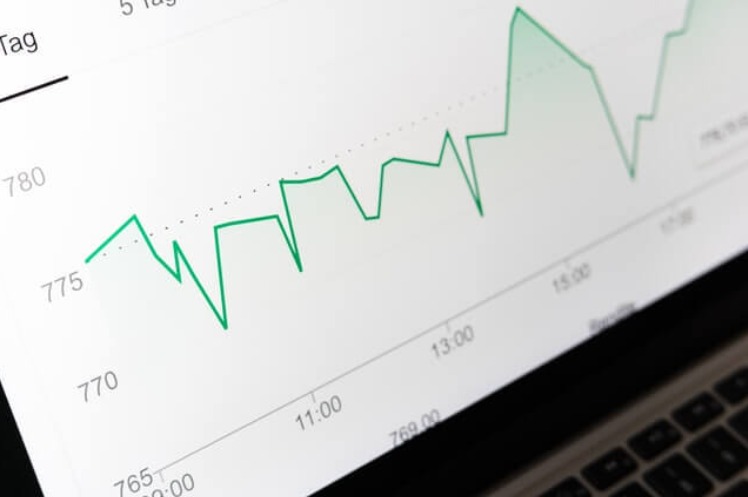One of the most astonishing revelations of the digital age is the amount of data that has been analyzed and collected. New technology is helping businesses, along with regular people, make better financial decisions with the use of data-driven analysis. These technologies are also being seen within the gaming industry, with games like mobile roulette offering ways to use your money for real-life immersive experiences.
Recent world events have caused businesses, economies, and lives to change all across the world, but the growth in produced data that has been collected is expected to change things in a big way, allowing much more adaptation to new situations. The vast amount of data that is driven every day can now be utilized with the use of new technologies, helping people, companies, and industries go to work.
Data Landscape Evolution
This is the greatest information explosion in human history. The growth of smartphones, sensors, and connected appliances and vehicles are among the factors responsible for this. Everything we touch, work with, and own now creates data automatically. Ultimately, data analytics and automatic responses to analytic decisions are accountable for this growth.
Data explosions led to new insights, data generation, and data analysis during the past decade, creating a virtuous cycle. The race to transform businesses and make data-driven decisions has seen companies collecting more data than ever before.
Personalized, connected objects have been the result, such as industrial machinery that indicates when it needs to be maintained and thus saves you money. Moreover, it has prompted the development of services that combine information from different sources such as traffic and social networks. For instance, this technology has also enhanced productivity in areas such as supply chains and consumer marketing.
As a result of this explosion, other organizations had to rethink their strategies and move to cloud infrastructures to replace legacy tools that couldn’t keep up with the business’s ever-growing requirements.
Looking into the Future
The rapid changes in life mean finding new ways to perform fast, flexibly, and as financially cautiously as possible. The data analysis we see every day can be used to provide a new understanding of ways to stay safe as a society and how we can perform better in the future when making financial decisions. New technology and data can give us this information and help people be more economical plus be more efficient.
Computing infrastructures will continue to use no-ops cloud and serverless deployment giving customers the chance to focus on running their businesses rather than the management of infrastructure. More and more real-time data is needed for any business to succeed, so streaming data is becoming essential for entrepreneurs making real-time business decisions. As technology grows, more and more companies are implementing cloud API or pre-trained devices that will enhance the machines used in factories and warehouses. A once time-consuming problem can now be figured out or developed in a matter of moments saving a lot of time and cost. As well as this, flexible pricing and services are giving businesses better tools to analyze and react to the fast-paced world.
Looking to Now
Human history has seen many pandemics. The introduction of online digital technology has enabled people to do things like work, school, see doctors, buy groceries, and even attend virtual conferences from home, all essential for reducing infection rates. The changes may be permanent, meaning that the economy and society may also undergo structural changes. Thus, it is likely that data growth and analytics-based decision-making will continue to grow.
Businesses must be able to anticipate what’s next and react quickly enough to remain viable in this rapidly changing environment. Retailers, for instance, must make their inventory management, supply chain infrastructure, delivery mechanisms, and customer experiences much more dynamic and data-driven in response to shifting consumer demand patterns.
This is not a surprise, as we have seen them doing just that, using real-time and predictive analytics very heavily. It is one of the most vital aspects of their survival and success. In a digital economy post-COVID-19, many companies are also considering technologies such as virtual showrooms, automated manufacturing, and driverless fleets. The deployment of these new technologies will further increase the amount of data and make it easier to conduct sophisticated analytics.

































































